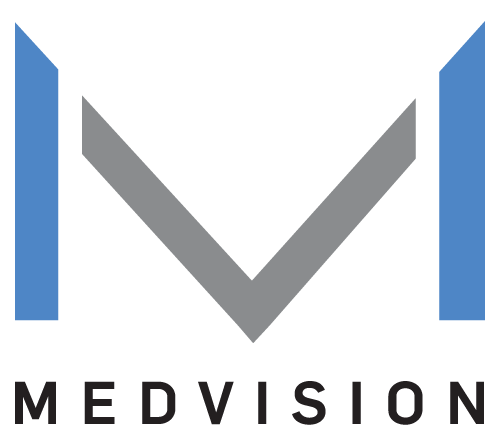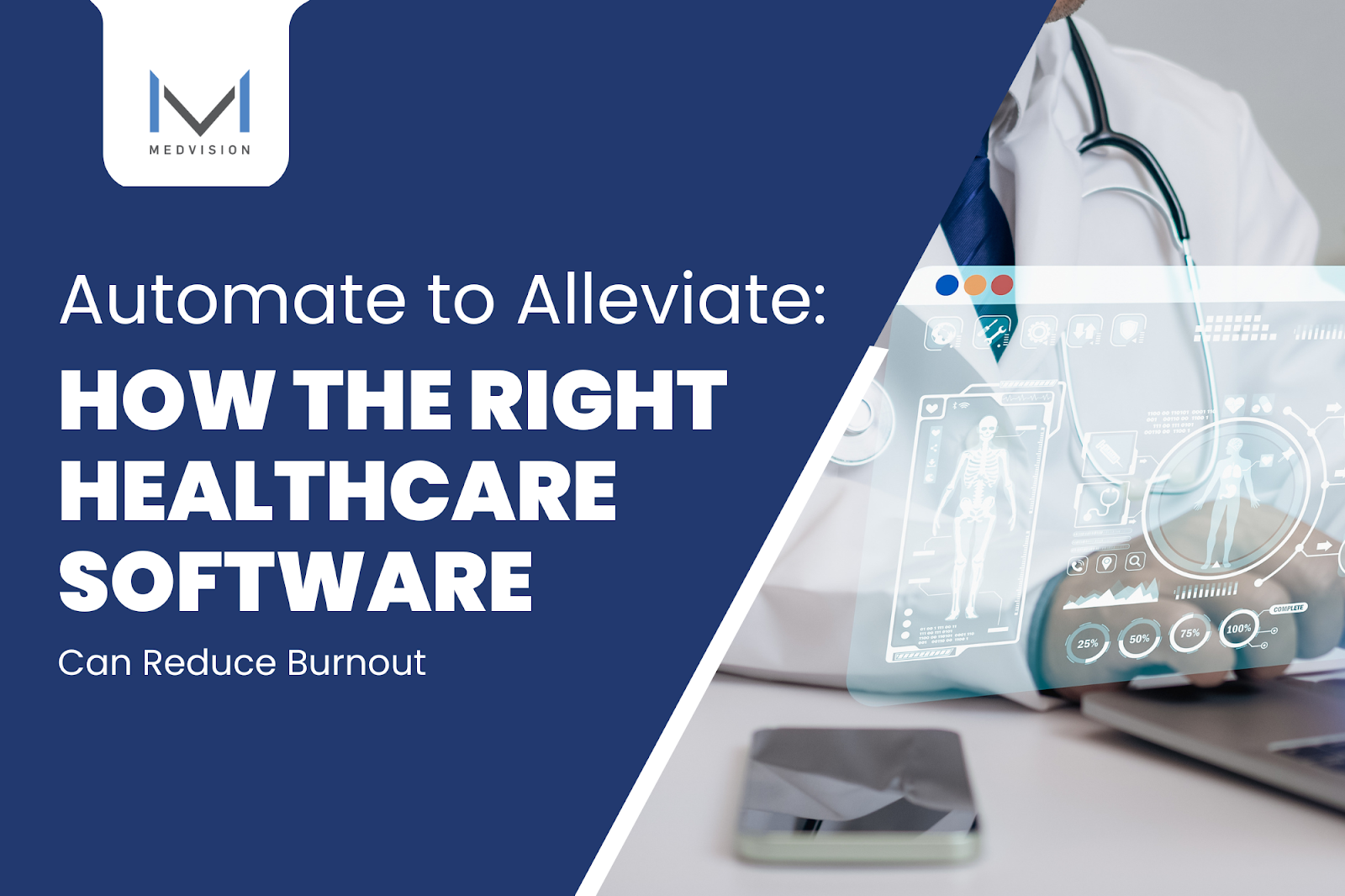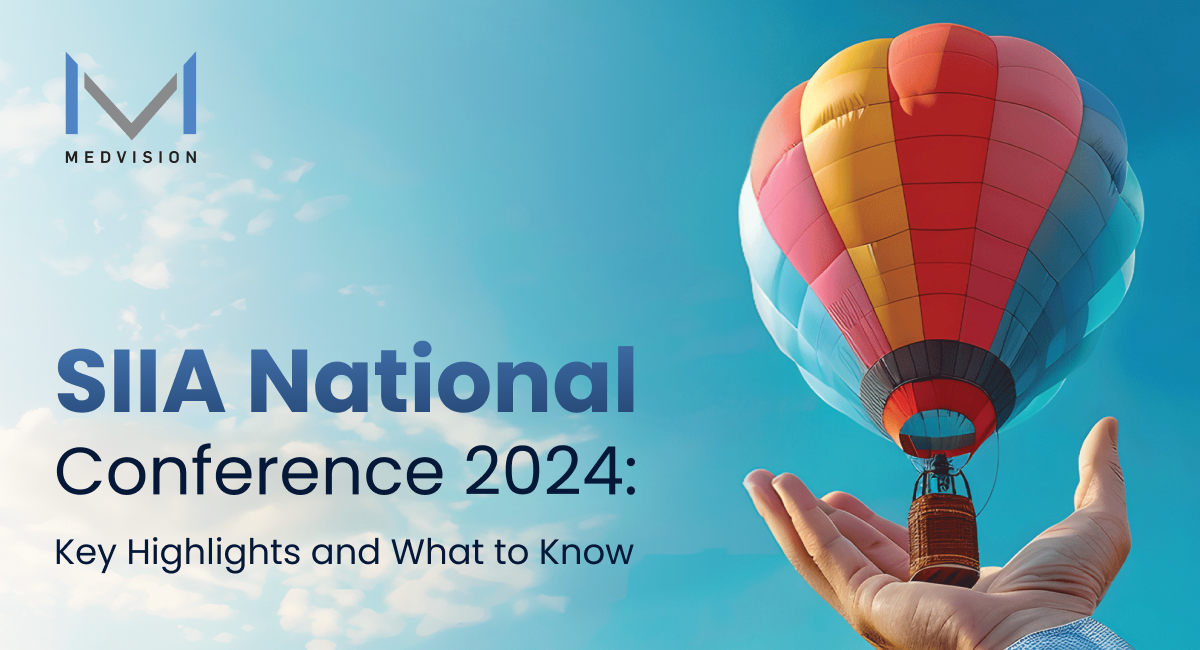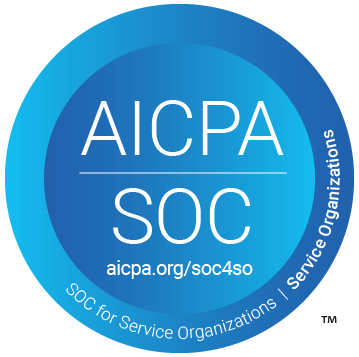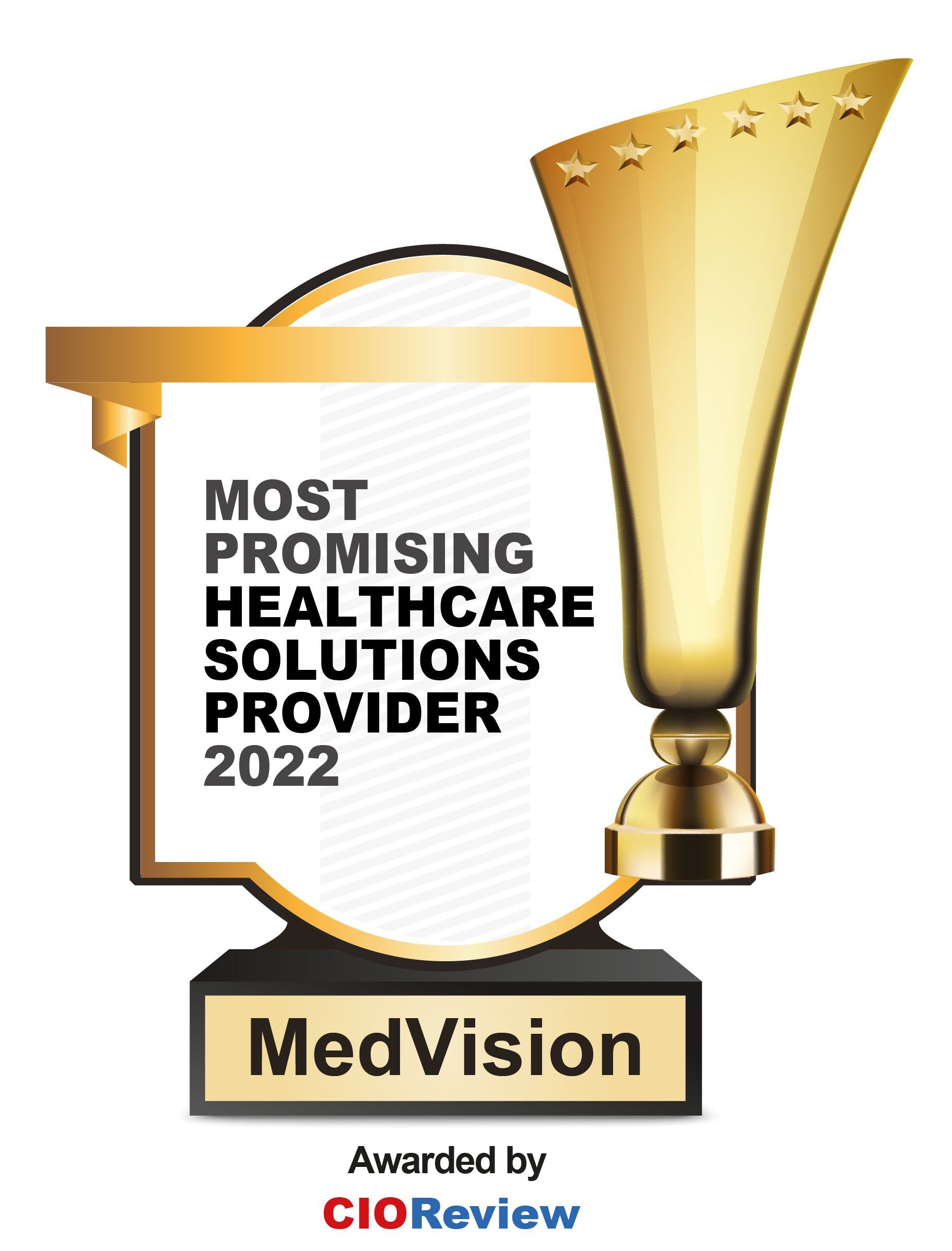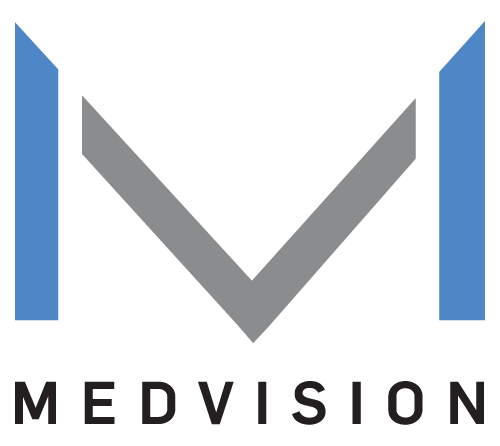Closing Gaps: Technology's Role in Healthcare Equality

Equal access to healthcare has been an ongoing issue since the concept of healthcare existed. Due to differing socioeconomic statuses, living conditions, and health awareness, not everyone can access the healthcare they deserve. This lack of access disproportionately affects some communities, widening health disparities and perpetuating cycles of disadvantage.
A recent study shows that around 25 million Americans remain uninsured as of 2024. This alarming number of people with poor access to essential medical services highlights the need for innovative, technology-driven solutions. Thankfully, advancements in health IT have made the road to healthcare equality much more navigable.
What Is Healthcare Equality?
Healthcare equality refers to giving everyone equal access to healthcare services, regardless of socioeconomic status, gender, age, race, orientation, or geographic location. It is the notion that every individual has the right to high-quality healthcare specific to their needs without any obstacle.
Healthcare equality is achievable through multifaceted approaches involving programs, policies, initiatives, and technologies designed to remove barriers, improve access, and address the unique needs of diverse populations. Solutions such as MedVision's
QuickCap v7.0 (QC7) combine these approaches, serving as an example of bridging disparities in health equity. For instance, QC7 has a wide variety of tools that close the gaps and promote healthcare accessibility. However, before leveraging this technology as a bridge, it is vital to examine the root causes of unequal access to care.
Sources of Gaps in Healthcare Access
Healthcare access gaps come from various sources, creating obstacles to essential healthcare services and resources. The common disparities include:
- Socioeconomic Status: People with lower socioeconomic status face barriers to accessing healthcare. Reasons include lack of health insurance, financial issues, and limited transportation options.
- Health Insurance Coverage: Lack of health insurance coverage directly impacts accessibility to medical services. Uninsured individuals might delay or ignore necessary health care due to financial concerns.
- Education and Health Literacy: Limited education can make it difficult for a person to navigate the healthcare system. Lack of understanding and the inability to access resources to educate themselves prevent people from being proactive about their healthcare needs.
- Geographic Location: People in rural and remote areas have limited access to healthcare facilities. There is usually one hospital or clinic or none at all. Long-distance travel also hinders healthcare workers, leading to understaffing and suboptimal healthcare outcomes.
- Language and Cultural Barriers: Limitations in language proficiency and cultural differences can impede healthcare access for people from diverse cultural backgrounds. Language barriers often complicate the communication between patients and providers, leading to misunderstandings, misdiagnoses, and inadequate care.
- Discrimination and Bias: Discrimination based on race, ethnicity, gender, orientation, age, disability, or other characteristics results in unequal access to healthcare services. Biases among healthcare providers can add or widen gaps in care quality, patient-provider relationships, and health outcomes.
- Structural and Systemic Factors: Historical injustices and policies perpetuating social disparities affect many underserved communities. These systemic factors contribute to the unequal distribution of resources and opportunities, leading to healthcare gaps across populations.
How Technology Can Close the Gaps
With today's technology, equity in healthcare is more achievable than ever. By leveraging technology to overcome obstacles, healthcare organizations can improve care delivery and achieve equitable, high-quality care for those in need. Here are some ways technology can narrow these gaps:
Comprehensive Healthcare Administration Platform
With a single platform handling all the administrative tasks, this gives healthcare organizations more time to provide care for their patients. Platforms such as QC7 can streamline various aspects of healthcare delivery, including patient management, claims processing, and care coordination.
Telemedicine and Telehealth
Telemedicine and
telehealth help patients access healthcare services remotely, overcoming geographical barriers, particularly in underserved and rural areas. Virtual consultations, remote monitoring, and telehealth platforms enable patients to receive timely medical advice or diagnosis without needing in-person visits.
Mobile Health (mHealth) Applications
These days, mobile phones are widely accessible to the general public. Because of this, mHealth applications provide easy access to health information, resources, and tools, empowering individuals to manage their health more conveniently. These apps facilitate self-monitoring of health parameters and provide access to educational resources, promoting health literacy and patient engagement, particularly among populations with lower socioeconomic status.
Health Information Technology (Health IT) Systems
Electronic health records (EHRs), health information exchanges (HIEs), and interoperable health IT systems make sharing patient information and
care coordination among healthcare organizations easier. Health IT systems reduce medical errors by facilitating accurate data exchange and secure communication, especially for people with chronic conditions or complex medical needs.
Artificial Intelligence (AI) and Predictive Analytics
AI-driven algorithms and predictive analytics use large datasets to identify patterns, trends, and risk factors linked with health outcomes. By analyzing patient data, population health trends, and social determinants of health, AI can help
healthcare providers tackle varying situations and challenges. Some examples include identifying high-risk patients, prioritizing interventions, and tailoring care plans to individual needs. Using AI can close the gap between underserved patients and high-quality care.
Remote Monitoring Devices and Wearable Technology
These allow healthcare providers to remotely track patients' health status and vital signs. Remote monitoring devices promote proactive management of chronic conditions, early diagnosis of health issues, and timely intervention to prevent medical complications. These technologies empower patients to participate in their care actively, improve self-management of chronic diseases, and lessen the need for repeated hospital visits or emergencies.
Patient Engagement Tools
Technology can provide patient engagement tools, such as patient portals and mobile health applications, that empower individuals to proactively participate in their care and make informed decisions about their health. With access to patient engagement features, patients can access their medical records, schedule appointments, receive reminders for preventive screenings, and communicate with their healthcare providers.
Closing the Gap with QuickCap
Technology in healthcare has the power to bridge the gaps in access, quality, and better outcomes. By leveraging innovative solutions like MedVision's QC7, the healthcare industry can address healthcare access and quality disparities. When healthcare organizations have the right technology, professionals can advance healthcare equality and ensure everyone receives the care they need, regardless of any disparities. Are you ready to harness the potential of technology to create a more inclusive healthcare system? Explore how your organization can achieve healthcare equity together with MedVision.
Partner with Us to Advance Healthcare Equality
Recently published articles
Keep in touch
Subscribe to get the latest update
Trending topics
Share your insights on social media
Upcoming events and company news

